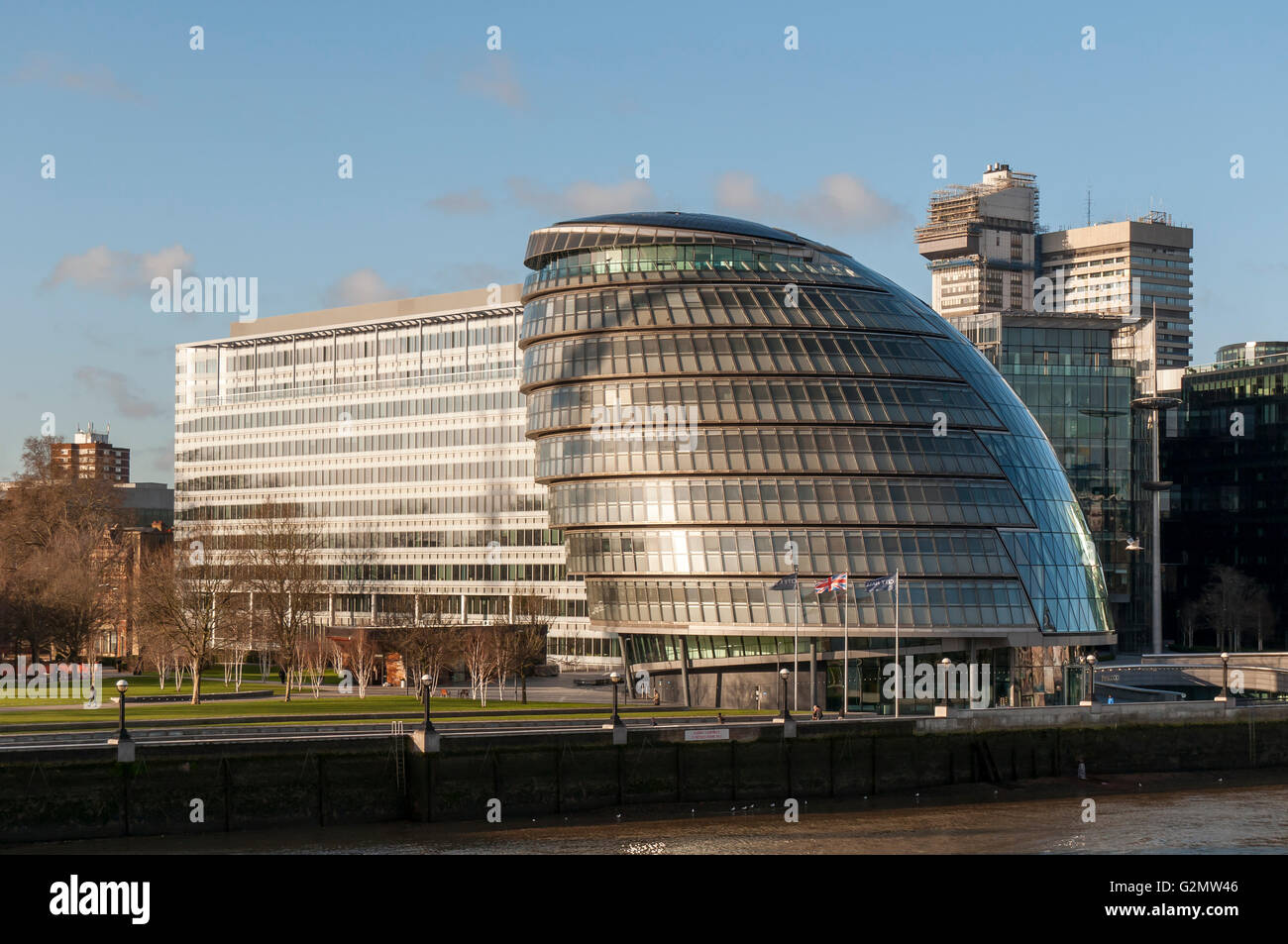

Intended lifespan: The building has longlasting lifespan in terms of structure, materials and functional flexibility. Constructability is a serious issue in diagrid structures because the nodes of diagrids are more complicated than those of conventional orthogonal structures. reduced weights of the superstructure translates into reduced load on the foundations reduced use of structural materials which translates into environmental savings ability to provide structural support for hundreds of shapes increased stability due to triangulation The diagrid structure has been used prevalently for today’s tall buildings worldwide, it requires less structural steel than a conventional steel frame.ĭiagrid structures create triangolar with diagonal support beams. This makes the City Hall a unique building. In the City Hall diagrid is used to support only the glass facade while in other recent building (Gherkin, Hearst Tower etc.) diagrid has been used to support the whole building. London City Hall is one of the few building constructed using the diagrid ( diagonal grid) structure. Structural, mechanical and electrical engeneering: Ove Arup & Partners The amount of sunlight reaching the building

The building has numerous light sensor (Simmtronic SPK28) and switches that are software programmable to provide a versatile and intelligent lighting control system. The City Hall is oriented towards the south. Heat generated by computers and lights is recycled. The building is naturally ventilated, with openable windows in all office spaces. View from the north bank of the River Thames The building’s form and geometry has been generated as result of thorough scientific analysis, aiming to reduce both solar gain and heat loss via the building’s skin. Its construction began in 2000 and was completed in May 2002 on time and on budget (£43 million). The City Hall was designed by the British architect Norman Foster. It is located on the south bank of the river Thames in the London Borough of Southwark, 10 minutes walking from London Bridge Underground and National Rail Station. London City Hall is the headquarters of the Major of London and the London Assembly.


 0 kommentar(er)
0 kommentar(er)
